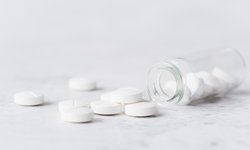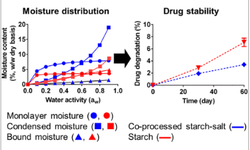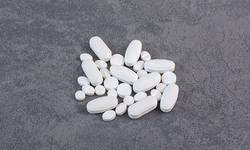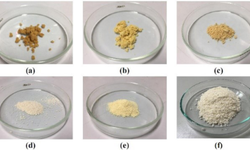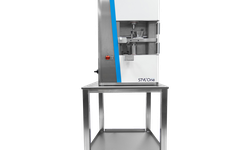Resources
Resources
Discover a comprehensive array of resources dedicated to powder compression, including scientific papers, application bulletins, and invaluable support for R&D, scale-up, and production. Gain complete access to our extensive resource library by signing in.
562
results
Date

